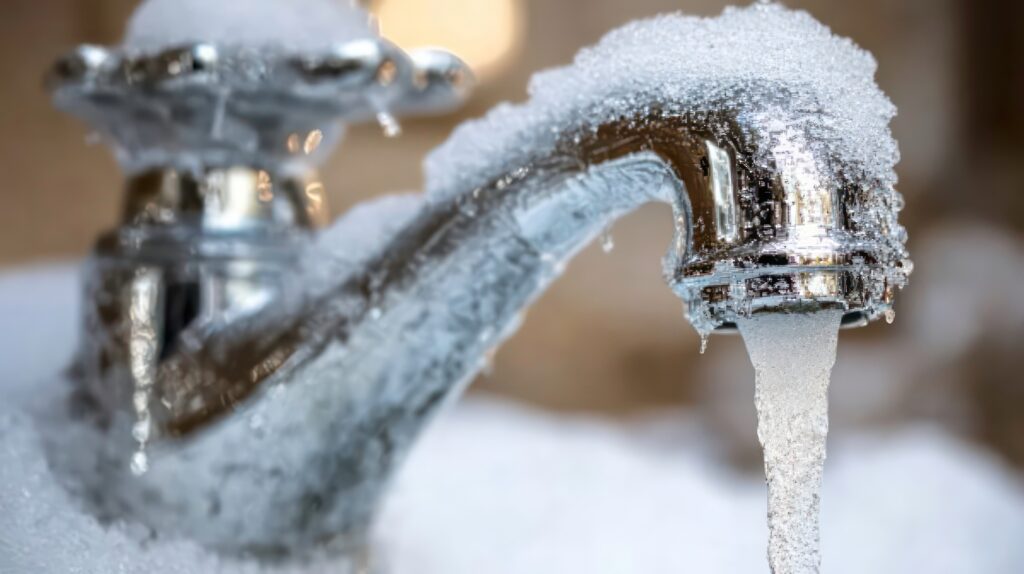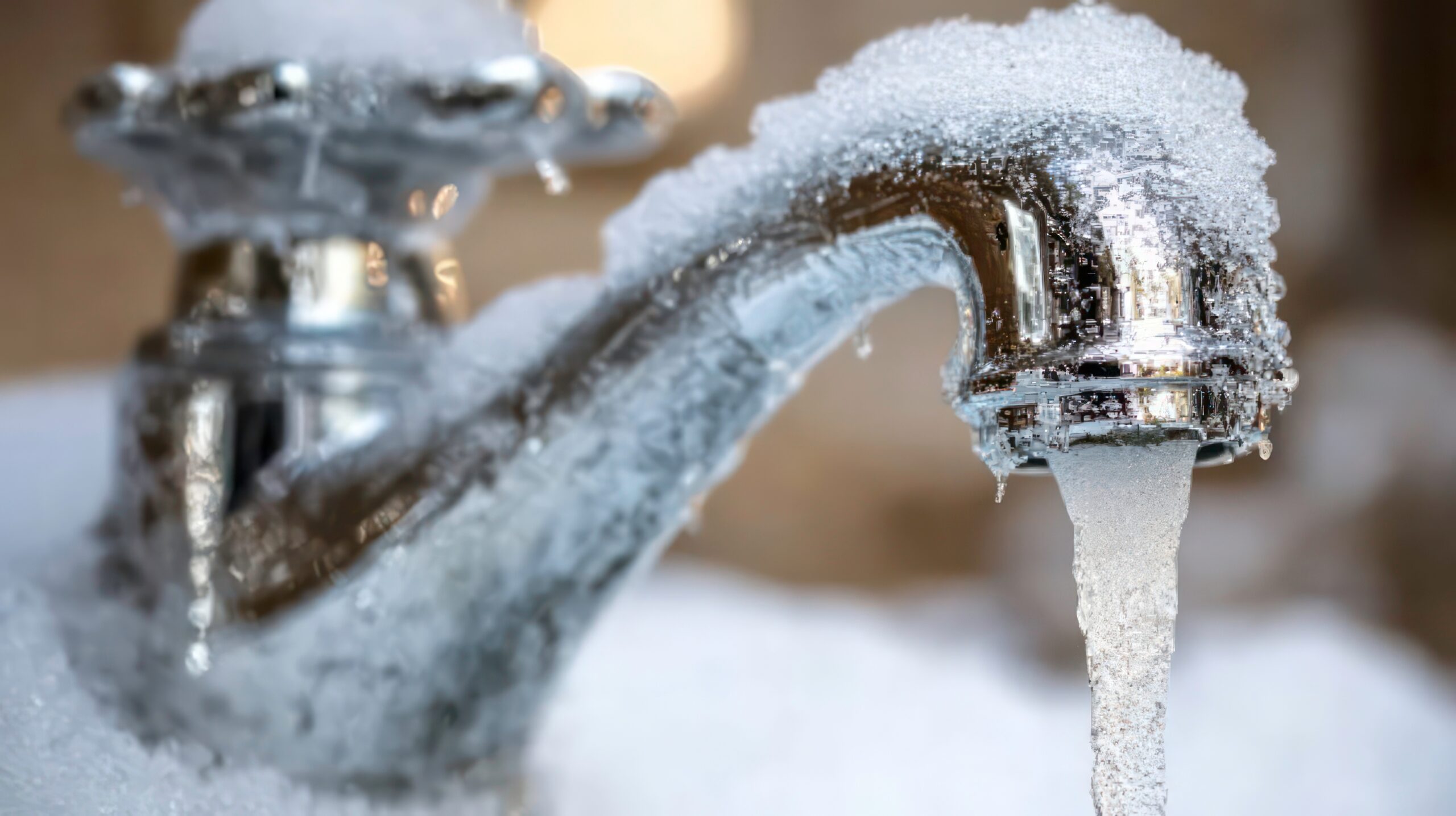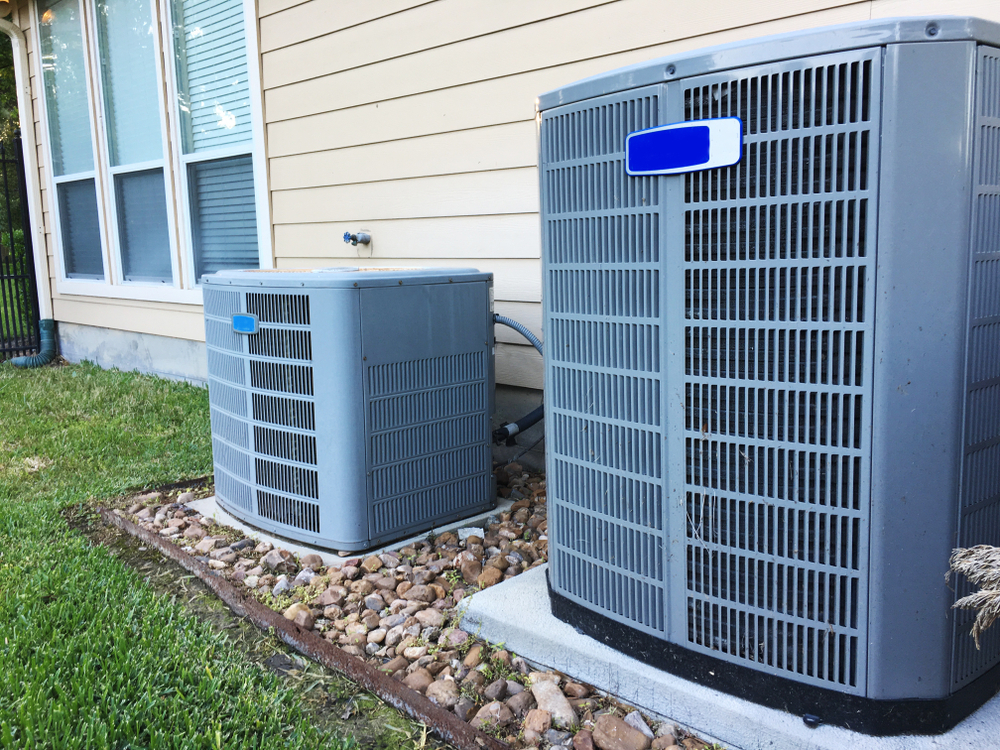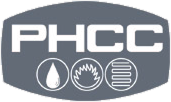
Winter in New Jersey can be unpredictable, and a neglected HVAC system can turn a snowy day into a freezing nightmare. With proper winter HVAC maintenance, you can keep your home warm, efficient, and safe all season long. Scheduling a winter HVAC tune-up with Princeton Air, sealing drafts, testing smoke and CO detectors, and protecting exposed pipes are simple steps that make a big difference. Whether you’re in Princeton, West Windsor, or elsewhere in New Jersey, these heating maintenance tips ensure your system is ready to tackle the cold without surprises.
What heating maintenance should I do before the first freeze?
Step one: get that pre-season tune-up on the books. Step two: grab a clean filter. ENERGY STAR and the DOE both back up the value of annual check-ups, and they’re right—well-maintained systems run smoother, safer, and cheaper than neglected ones.
During a Princeton Air tune-up, the tech covers::
- Airflow checks and filter inspection
- Electrical connections and controls
- Combustion and venting checks (for gas units)
- Safety and performance verification
And if you’ve got a heat pump, we’ll make sure the defrost mode behaves, the coil is debris-free, and the outdoor unit has enough clearance for snow and ice. Keep a spare filter on hand and peek at it monthly once the cold season ramps up.
How do I know if my home is ready for winter?
If the heat kicks on cleanly, your alarms chirp when tested, the drafts are gone, and your exposed pipes are wrapped up—you’re on track. But most NJ homes (especially the older ones) appreciate a bit more TLC.
Quick ways to boost your winter readiness:
- Seal around windows and doors with caulk or weather-stripping
- Insulate pipes in garages, crawlspaces, and exterior-wall baths/kitchens
- Set smart thermostat schedules for efficiency
- Check problem spots like knee-wall attics in Princeton or old window frames in Lawrence Township
Still dealing with cold rooms? A right-sizing assessment (Manual J) from Princeton Air will tell you whether it’s a duct issue, capacity miss, or something sneakier.
What should I check for carbon monoxide (CO) safety?
CO safety season starts now, not after the first snowstorm. Test your CO detectors, replace batteries, and make sure you’ve got one on each level—especially near bedrooms. The CDC also reminds us that generators do not belong in garages or next to open windows. Keep them at least 20 feet away from the house.
Fireplace fan? Pellet stove person? Wood-burner enthusiast? Clean the flues and vents, clear the ash, and follow the manufacturer’s airflow guidance. Princeton Air can also give you a hearth safety checklist so you’re not Googling “is this normal??” at 11 p.m.
How do I protect pipes during NJ cold snaps?
Pipes freeze fast when temps tank, so get ahead of it:
- Add insulation sleeves to exposed lines
- Open under-sink cabinet doors to let warm air circulate
- Keep heat at 55°F or higher when you’re away
- Let a slow drip run during extreme cold (unless local guidance says otherwise)
Don’t forget your outdoor plumbing: shut off and drain spigots, disconnect hoses, and cover the bibbs. And if something bursts? Kill the main water valve and call in pros—Princeton Air’s expert plumbers provide 24/7 emergency service.
Are heat pumps a good option for New Jersey winters?
Yep—cold-climate heat pumps aren’t the heat pumps of the 90s. Today’s low-ambient models keep capacity in freezing temps, and they work beautifully in New Jersey when sized and installed correctly.
Princeton Air designs systems based on local weather patterns, your home’s layout, and your comfort goals. For homes in windier or shaded Middlesex County spots, ask about variable-speed systems and optimized defrost strategies. Commissioning matters just as much as equipment choice, and our checklist keeps everything dialed in.
Is a maintenance plan worth it?
The short answer is yes! If you want real peace of mind for your home comfort systems, the Princeton Air Home Comfort Club makes maintaining your HVAC (and more) simple and cost-effective. It’s essentially a homeowner’s maintenance and priority service plan that keeps systems running smoothly and saves you money over time.
Here’s what you get as a member:
- Two scheduled maintenance visits each year — one for heating and one for cooling — so your equipment stays in peak condition.
- $500 credit toward a new HVAC system or generator when you join.
- 15% discount on service work, plus priority scheduling so you’re at the front of the line during busy seasons.
- 24-hour emergency service guarantee and no dispatch fee for covered work, giving you real support when you need it most.
Why it matters
Regular maintenance not only reduces the risk of costly breakdowns, it keeps your system running efficiently and extends its lifespan — which translates to fewer surprises during cold snaps or heat waves. Pay annually or spread the cost out monthly — and start using your benefits immediately, even on the same day you sign up.
Where can New Jersey homeowners get help with weatherization?
New Jersey’s Weatherization Assistance Program is a great starting point for eligible households. It covers air-sealing, insulation, and heating efficiency improvements that can seriously upgrade comfort and lower bills. Princeton Air can help point you to local resources and show you which upgrades pair well with what you already have. Across Mercer and Middlesex counties—from Plainsboro to Hamilton Township—these improvements can make winter feel a whole lot less frigid.
Final Thoughts About Winter HVAC Maintenance
Winter in New Jersey doesn’t have to feel like a yearly endurance test. With a little prep, a solid tune-up, and some smart weatherproofing, your home can glide through the cold season instead of limping through it. Princeton Air is here to help you spot the weak links, tighten things up, and make sure your system is ready for whatever winter decides to throw at us this year. If you’re staring down a winter HVAC maintenance to-do list and not sure where to start, just book the tune-up—we’ll walk you through the rest.









